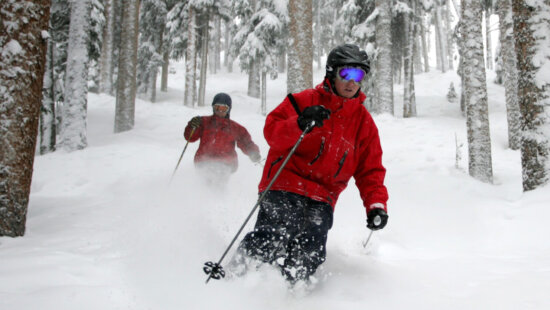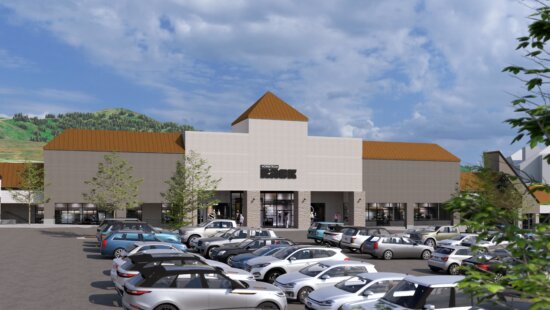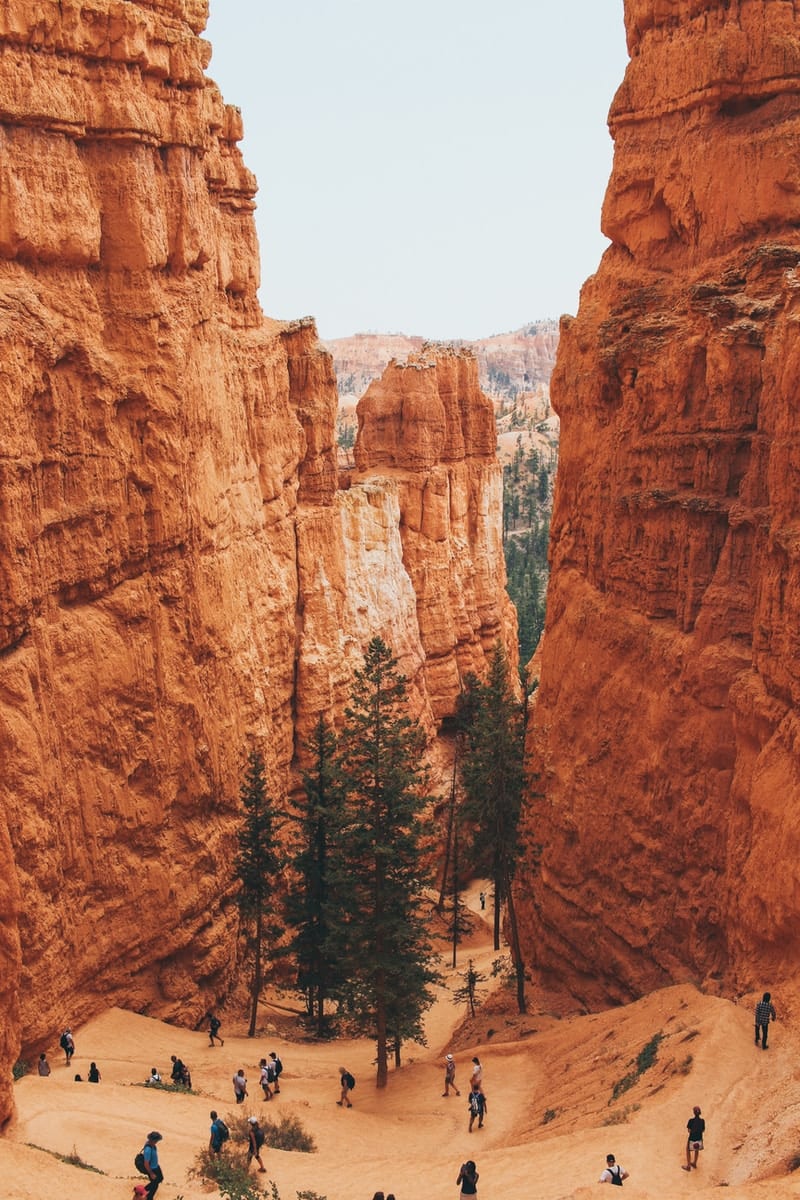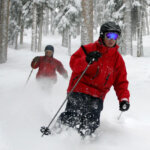History
Capitol Reef’s historic journey from local wonder to national park
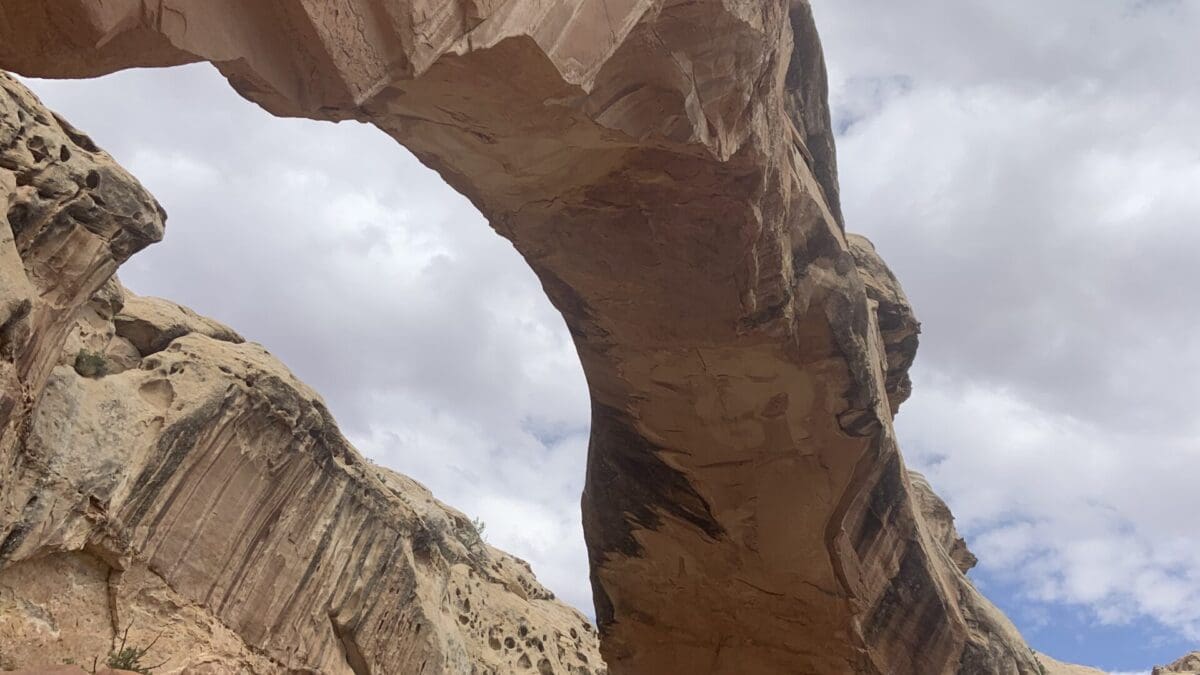
The Hickman Bridge, an impressive sandstone arch named after one of the first park advocates, Joseph Hickman. Photo: Will C. De Man
Originally, Hickman envisioned a state park for what he called the 'Wayne Wonderland' (referring to its location in Wayne County)
Visitors to the Fruita District in Capitol Reef National Park are unlikely to miss two of its most outstanding landmarks—the Hickman Bridge and Pectols Pyramid.
Both features are the exact type of geologic wonders for which Capitol Reef was preserved and are prominently located within two miles of the Capitol Reef visitor center. Together, they tell the story of the men who worked for decades to preserve the Waterpocket Fold and bring the benefits of a national park to their community.
The benefits of a national park
Of the 1.2 million people who visited Capitol Reef in 2023, many surely hiked to the Hickman Bridge, an impressive natural arch located on the moderately easy 1.7-mile out-and-back trail above the visitor center.
Of those visitors, many likely noted that Capitol Reef National Park isn’t located in a particularly hospital landscape. The region is arid, rocky, and prone to flash floods. Some Mormon pioneers managed to scratch out a living, particularly in the fertile valley of the Fremont River. Despite the green oasis offered by the river, life in this part of south-central Utah was hard.
To the west, as Zion National Park and Bryce Canyon National Park (at the time Mukuntuweap National Monument and Utah National Monument) became more popular, it became clear that national parks could create economic oases in the desert. Wealthy tourists happily cashed in on luxurious accommodation and guiding services. These accommodations needed to be accessible, resulting in the federal government and private corporations alike investing in roads and railways, connecting the remote corners of Utah.
The Man Behind the Hickman Bridge

In the early 1900s, the principal of Wayne County High School, Joseph Hickman, began to hope that the scenic wonder of his own backyard, the Waterpocket Fold, might also attract tourism and infrastructure as a park.
Originally, Hickman envisioned a state park for what he called the “Wayne Wonderland” (referring to its location in Wayne County). After being elected to the Utah state legislature in 1924, Hickman successfully passed legislation creating the Board of State Park Commissioners, all with Capitol Reef in mind.
One of this board’s first actions was to propose a state park in the Wayne Wonderland and organize a weekend of celebrations in its honor. In a counterintuitive move, this celebration wasn’t to commemorate the creation of a state park.
Rather, the purpose of the event was to draw political and commercial attention to the area and promote the state park idea. This publicity move could have been an incredible success–if not for a tragic event just a few days afterward.
Just as Hickman’s vision for a park in Wayne County was gaining traction, he tragically died. While trying to save a group of women caught in rough water on Fish Lake, Hickman’s own boat capsized, and he drowned.
With his death, the movement for a park in Wayne Wonderland—state-run or otherwise—faded into the background. Five years passed before the park-making process began again.
Pectol Picks Up the Pieces

Hickman’s death delayed the preservation process of the Waterpocket Fold, but it would soon be reinvigorated by his brother-in-law, Ephraim Pectol.
Like Hickman, Pectol was a prominent citizen of the area. He served as a school teacher, the Latter-day Saints Bishop of Torrey, and the owner of the general store in Torrey. He had the upper floor of his store converted into a museum of Native American artifacts he’d collected in the local canyons and caves.
His interest in the cultural, scenic, and economic value of landscape prompted Pectol to pick up the park process where Hickman’s untimely death had left it. Unlike Hickman, Pectol had his sights set much higher—he wanted to achieve national park status for the Waterpocket Fold.
In 1931, Pectol reached out to the National Park Service. Soon after, they became officially involved in surveying the area to determine its suitability for a national park or monument.
Becoming a state senator in 1933, Pectol hoped the process would be quick, eager to see the economic benefits a park would bring to his community. Though the NPS was now involved, it would take several years for a park to be established.
After several years of bureaucracy involving surveys, reports, and a small conflict with the cattle industry, President Franklin D. Roosevelt created Capitol Reef National Monument in 1937.
In 1971, it was expanded and re-designated as Capitol Reef National Park.
The effort to protect the region’s geologic and scenic resources owes a debt of gratitude to the vision and leadership of Joseph Hickman and Ephraim Pectol.
Written by Will De Man for National Park Explorer.
















